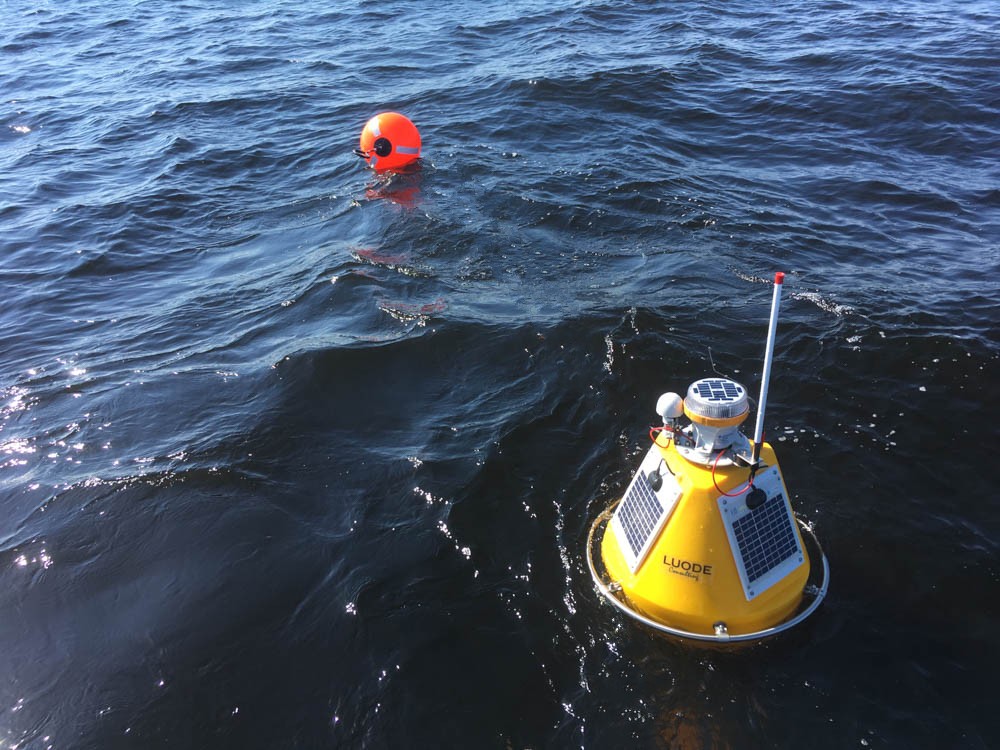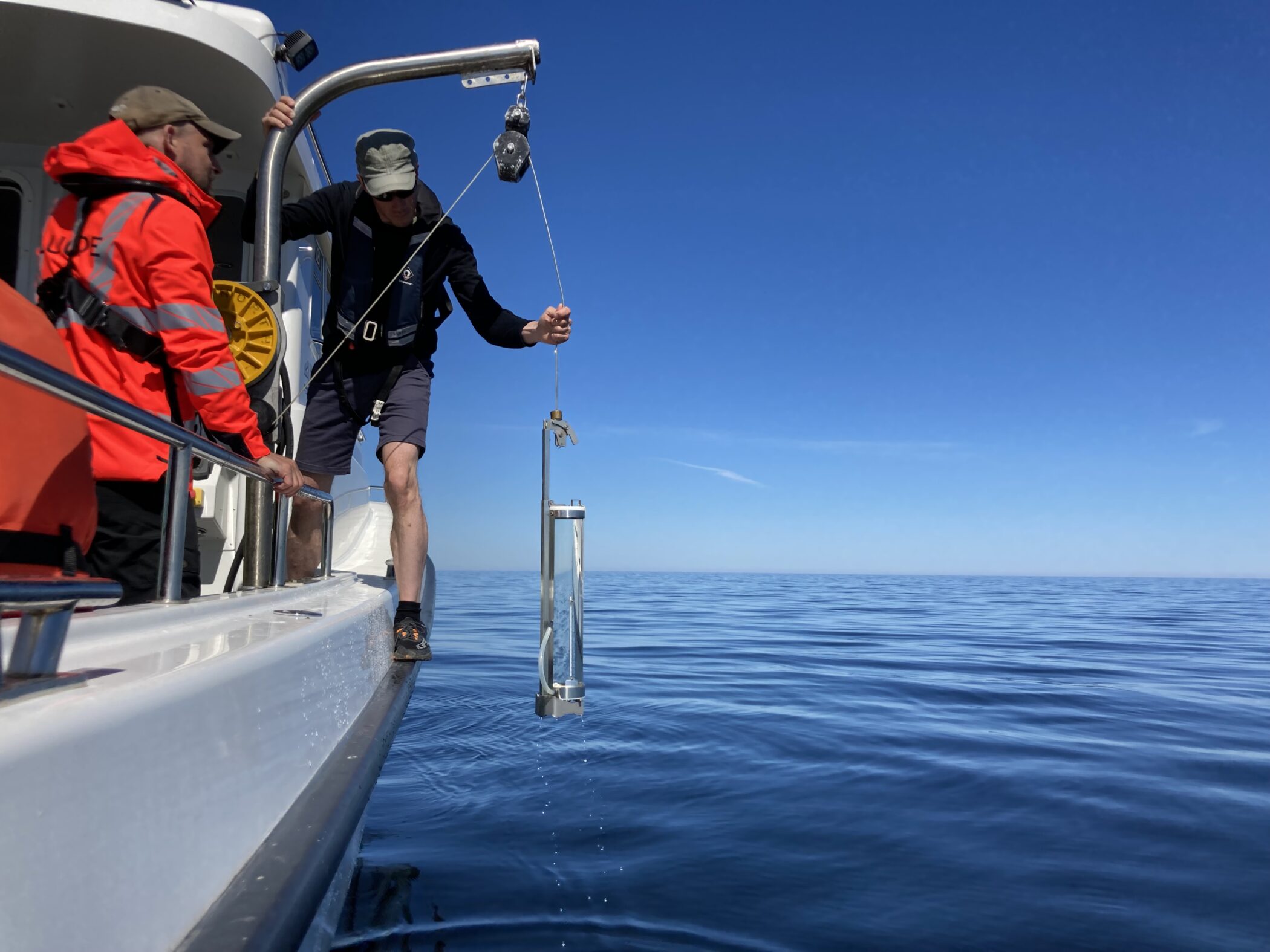Water Quality and Nutrients
Water quality and nutrient measurements are our core competences.
We also offer data services with quality control, installation, maintenance and servicing.
Water quality and nutrient measurements are our core competences.
We also offer data services with quality control, installation, maintenance and servicing.

In addition to traditional turbidity, conductivity, oxygen and pH measurements, we offer continuous water quality and load monitoring for nitrate, organic matter, hydrocarbons, etc. In addition, we offer measurement services for soluble phosphate and metals, as well as bacterial contamination detection.
Phosphate PO4
With the method we have developed, we are able to continuously measure dissolved phosphate (DRP). The measurement is based on automatically exchanging passive collectors. The method achieves a time resolution of 0.5 to 2.5 days and is on par with laboratory accuracy. The measurement has been used to assess the magnitude of river loading and internal loading to lakes and marine areas.
Nitrate NO3
Nitrate is measured using equipment based on UV spectrometry. We are able to perform laboratory-grade measurements in a wide range of water applications, from clear sea and lake waters to clayey rivers and streams. Nitrate measurements of dark humic waters are also possible with the new instruments.
Organic Matter TOC, DOC, COD and BOD
Luode has several methods available for continuous measurement of organic matter in different water bodies. We can also measure organic matter in high turbidity using the Luode’s specific optical model. The identification of different organic fractions is possible by combining absorbance and fluorescence data of different wavelengths.
Waste Water and Enterobacteria
We have developed a combination of instruments to identify bacterial contamination in stormwater, river water and beaches caused by urban waste water. The equipment can be used to trace sources and guide manual sampling in near real time.
Hydrocarbons
Fuels, lubricants and organic solvents are visible at very low concentrations in UV-fluorometric measurement, which could be installed for example in stormwater networks.
